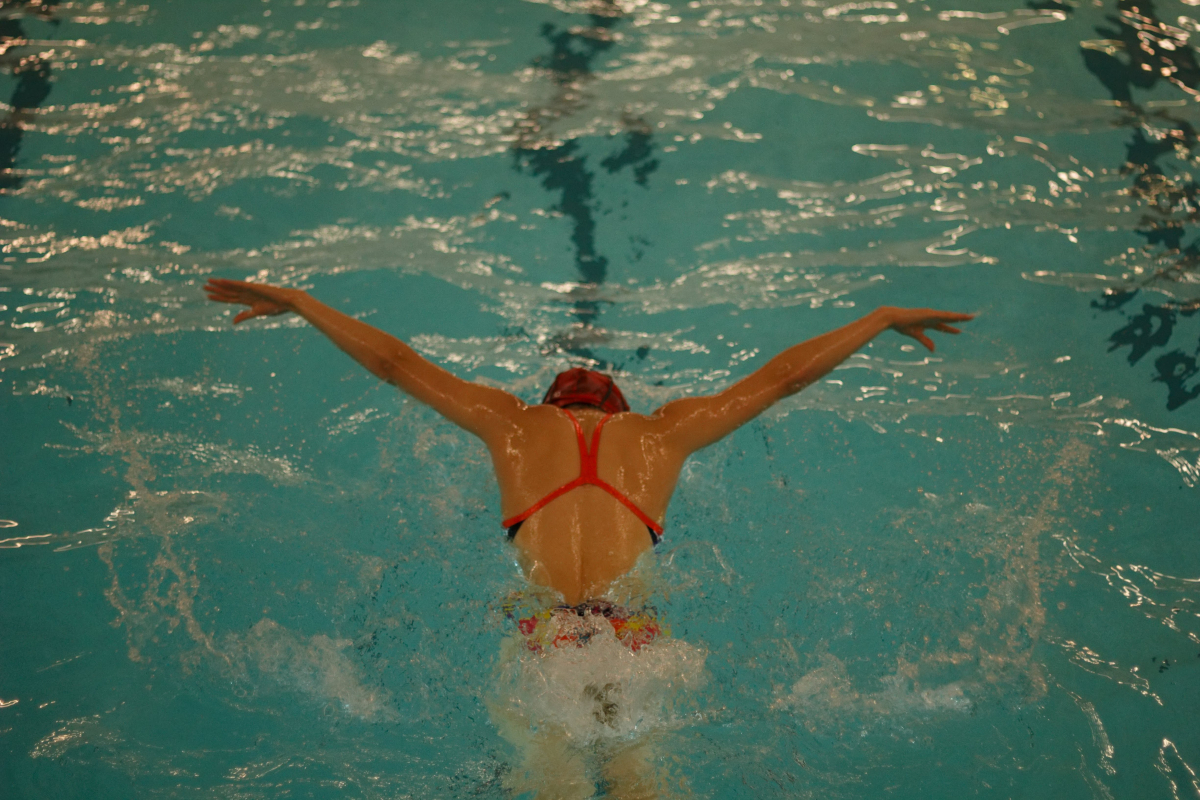For high school seniors Basma Berih and Celine Ho, the wrenching disruption COVID-19 forced on their lives was dramatic — and what it could mean for their future academic plans has been unsettling.
Both Berih and Ho attend Toronto’s oldest high school, Jarvis Collegiate, in the inner eastern zone of the city just north of Regent Park, one of its poorest neighbourhoods and a target of significant revitalization efforts.
Berih wants to study civil engineering, while Ho is leaning towards one of the top-tier U.S. universities recruiting her for a sports scholarship.
Both took on a full-year math load and at least two science classes when hybrid in-person and online high school resumed in September, and shared a first quadmester economics class. (A quadmester involves the cramming of a semester’s worth of learning into half the time via longer and/or more frequent classes/online sessions on fewer subjects.)
But the pandemic has hindered Berih’s ambitions much more.
She was averaging math scores in the high 80s in Grade 11, but that achievement was thrown off course by challenges, including a “double quarantine” required when a school friend identified as a close contact and then a member of her six-person household tested positive.
Her math teacher did not allow Berih to do the tests and assignments during her three-and-a-half-week isolation, for which she was excused.
Her marks were sitting around 79 per cent as “drop day” — the deadline to withdraw before a mark is recorded on academic transcripts that post-secondary admissions offices review when selecting prospective students — approached mid-way through the first quarter, she said.
Unsure she could maintain a score worth presenting in a subject that would be mandatory for some of her preferred post-secondary options, Berih dropped it and signed up to take it again. So did some friends with once high averages who were now scoring in the mid-60s, as well as half of the 60 students in the school’s four math cohorts.
“It was really hard for a lot of us,” Berih said in a Zoom interview via the iPad she received on loan from the Toronto District School Board in May.
Changes all around
Berih didn’t want to drop and redo the math class, and tried to convince the school’s guidance counsellor and principal to adjust its “find it, fix it” help for those at risk of failing a subject to eke out a pass.
They ended up opening it to those on track for higher scores for whom the pandemic had meant they might miss minimum grade requirements for their university and even technical college courses of choice.
Before COVID-19 hit, both Berih and Ho played on the school’s senior basketball team, while Ho also competed provincially in swimming and badminton and juggled a childhood-spanning dance career at Canada’s National Ballet School, just down from the school on Jarvis Street.

For Ho, the pandemic has been “both a blessing and a curse” and has had a neutral impact overall on her future options, she said.
Like Berih, she completed the first quadmester in the hybrid model before switching to online-only for the second one. She also will redo the math class, but is not as concerned about it as Berih.
“Personally, even though it’s a little bit harder for me to learn, I’m not too concerned about my marks because I think I’ve developed a great work ethic through high school. But I’m just more concerned about whether or not I’ll be prepared for the material in post-secondary,” she said.
Ho had already decided to close off a 14-year dance career and its international experiences to focus on travelling the province to compete in sports before everything changed back in March.

When restrictions started to bite, she decided to film herself playing basketball. Coaches and recruiters made offers, and she’s planning to take until March 2021 to weigh her options.
Ho is considering a career involving some form of STEM (science, technology, engineering and mathematics) or global or public health following a trip to Peru in August 2019 where she volunteered with mostly U.S. college students on a two-week MEDLIFE Movement project.
She said the pandemic also provided her with more time to devote to social justice, and she has since established a MEDLIFE club with 60 student-members at Jarvis Collegiate and raised around $2,000 for the families she was working with in Lima.
Berih also has some time to spare, but not the income she used to earn pre-pandemic from 20 hours a week coaching children at MLSE LaunchPad and another eight hours at the Winners store at Yonge and Dundas. The pandemic has also limited or eliminated her diabetic father’s ability to work as an Uber driver and her mother to babysit.
Discrepancies are more stark when studied geographically across the city and the Greater Toronto Area (GTA), and indeed across Ontario, where evidence is mounting of the stark inequity in COVID-19 impacts.
In Hamilton, educators have warned that the altered reality of remote education is hurting students’ grades, while public health data shows Black people and people of colour are more likely to get infected.
Race and income also determine who can access the highest-quality educational support, with privileged families able to hire tutors for “learning pods.”
Morgan Sharp / Local Journalism Initiative / Canada’s National Observer







Comments